
- Home
- Photography Tours
- Diary / Blog
- Galleries
- Foreign Trips
- Tasmania 2016
- NE Queensland 2016
- Western Alps 2016
- NE Spain 2016
- Australia's Wet Tropics 2015
- Australia's Top End 2015
- SW Australia 2015
- Switzerland 2015
- Andalucia 2015
- Belize 2015
- Australia 2014
- Switzerland 2014
- Belize 2014
- Bahama Islands 2014
- Switzerland 2013
- Ecuador 2012-2013
- Florida 2011-2012
- Vancouver Island 2011
- Australia 2010
- Peru 2008
- Bulgaria 2007
- Lesvos 2006
- California 2006
- New Zealand 2005
- Extremadura 2005
- Goa, India 2004
- The Gambia 2003
- About
Bahama Islands
January 2014
Part 5 : Eleuthra Island

Red Mangroves (Rhizophora mangle) in a sandy bay
My final week in the Bahamas was spent on the island of Eleuthra. This very long and narrow island has a totally different character, with scrub and hardwood coppice replacing the pinewoods that dominated the other three islands on my tour.

Bahama Mockingbird (Mimus gundlachii)
Bahama Mockingbirds were very common, very vocal and very inquisitive in places, giving me numerous opportunities to photograph them.
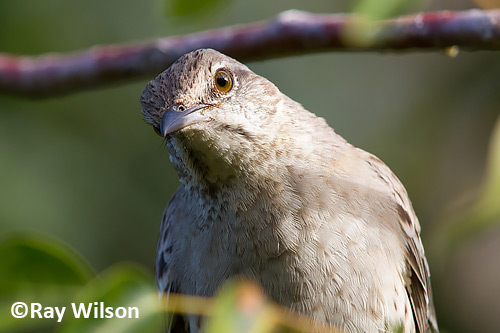
Bahama Mockingbird (Mimus gundlachii)
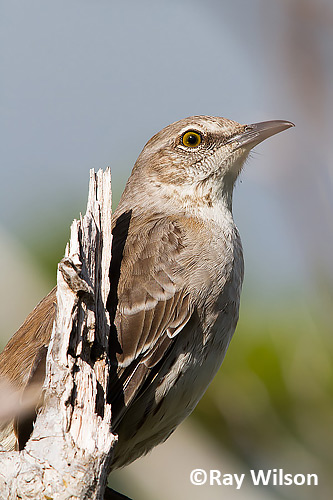
|
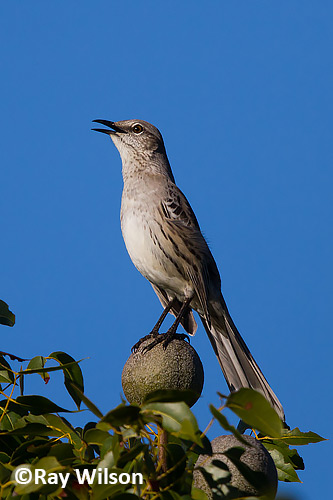
|
Bahama Mockingbird (Mimus gundlachii)
Despite its name, Mangrove Cuckoo is much more likely to be encountered in scrub and hardwood coppice. They are generally a very quiet and unobtrusive species but can be quite inquisitive. The one in the photo below seemed especially curious about what I was doing and landed less than 2m from my head while I was photographing a lizard, probably hoping to grab it for lunch! I didn't need the big lens for this bird, which was lucky because I had a 24-105mm attached at the time. First time I've ever used that lens for close-up bird photography!
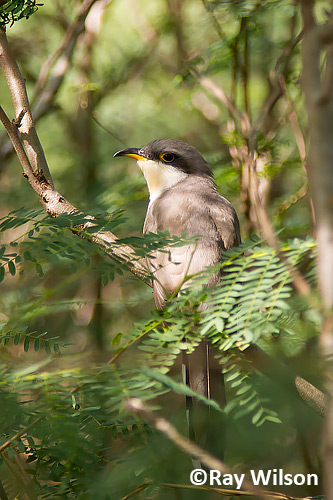
Mangrove Cuckoo (Coccyzus minor) |
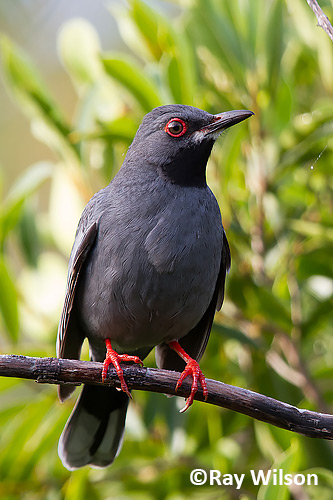
Red-legged Thrush (Turdus plumbeus) |
Red-legged Thrushes are not as common on Eleuthra as they are on Abaco, Andros or Grand Bahama, but I ironically found them easier to photograph there than on the other three islands.
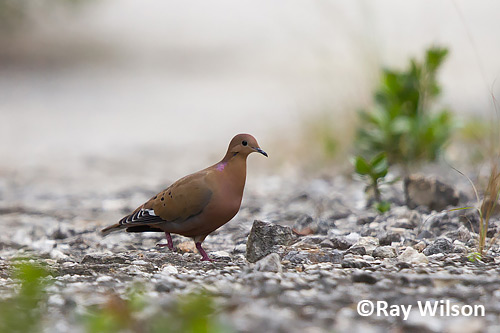
Zenaida Dove (Zenaida aurita)
Both Zenaida Doves and White-crowned Pigeons were fairly common but, since both species are actively hunted, they were generally very shy and wary.
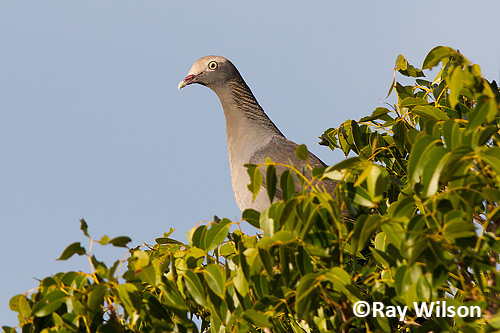
White-crowned Pigeon (Patagioenas leucocephala)
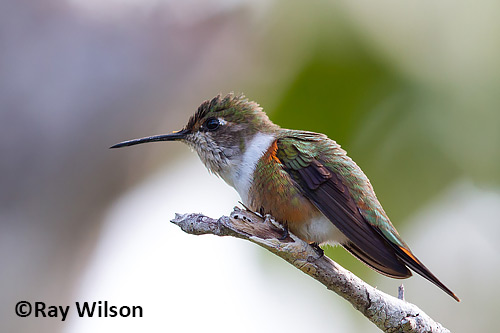
female Bahama Woodstar (Dendroica tigrina)
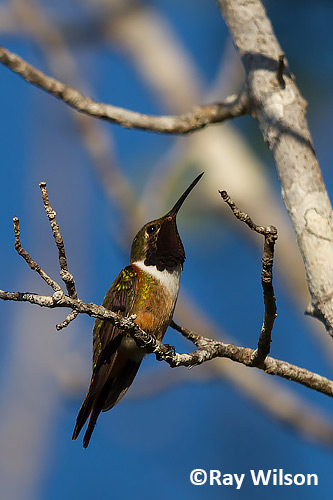
male Bahama Woodstar (Dendroica tigrina)
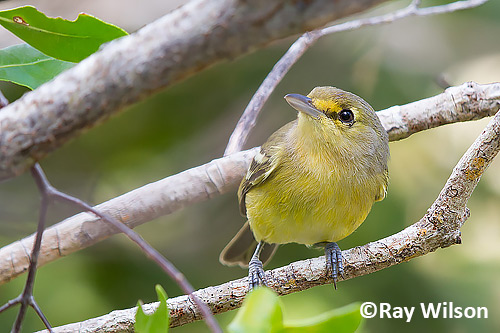
Thick-billed Vireo (Vireo crassirostris)
Brown Racers are by far the commonest snakes found in the Bahamas, and I found several individuals sunning themselves along the roadsides and tracks on Eleuthra.
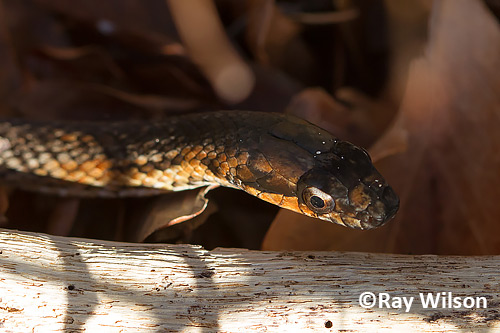
Bimini Brown Racer (Alsophis vudii)
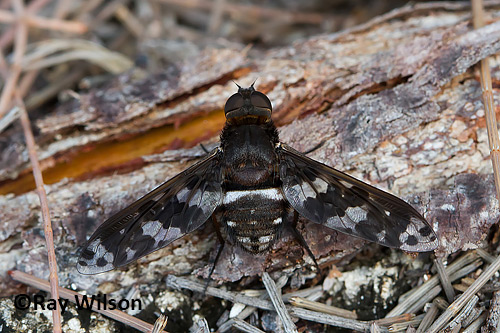
Bee-Fly (Ligyra cerberus)
Like most other members of its genus, Argiope argentata decorates its web with a highly visible cruciform zigzag-patterns, known as stabilimenta. You might think that by drawing attention to itself in this way may make it easy prey for predators, but research has indicated that the opposite it true. By placing itself in the centre of its web with its legs extending out at the same angles as the stabilimenta, the spider may be creating the illusion of appearing significantly bigger than it actually is, thus deterring many predators, especially gape predators like lizards, from tackling it. Also, by increasing the visibility of its web, large animals (including humans) are less likely to blunder into it, saving the spider from having to waste valuable energy and resources in repairing and rebuilding its web.
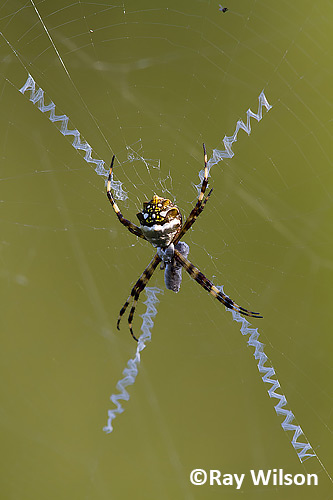
Argiope argentata |
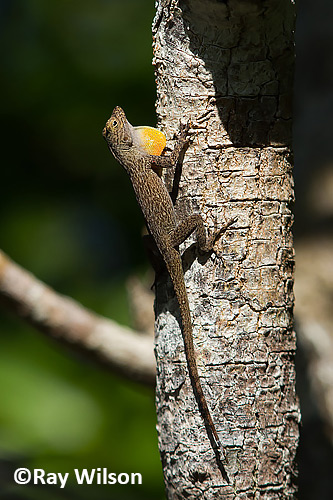
male Cuban Brown Anole (Anolis sagrei) |
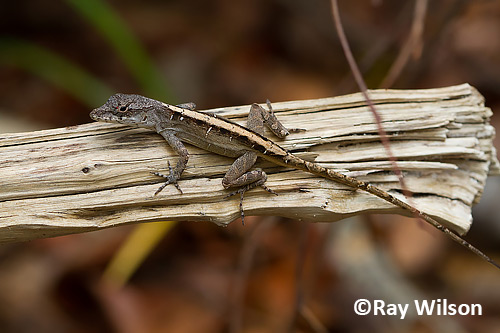
Cuban Brown Anole (Anolis sagrei)
Ray Wilson owns the copyright of all images on this site.
They may not be used or copied in any form without prior written permission.
raywilsonphotography@googlemail.com